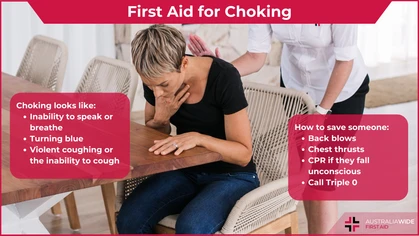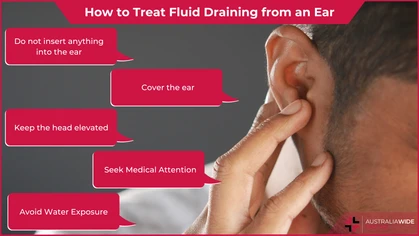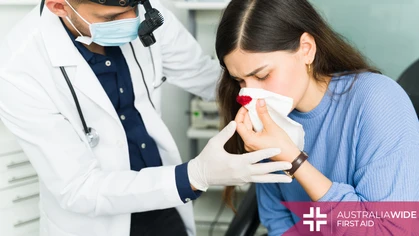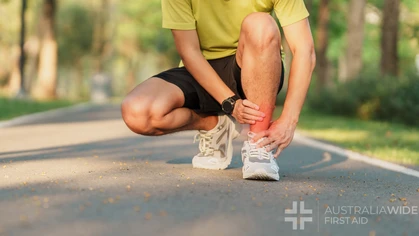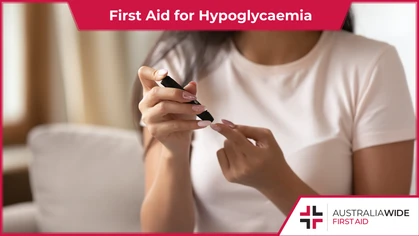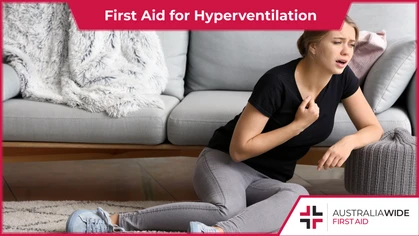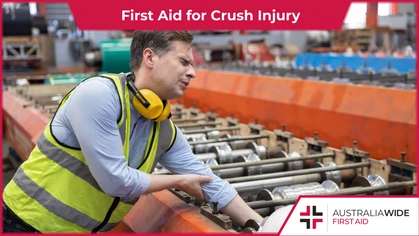Chickenpox in Children First Aid

How-To
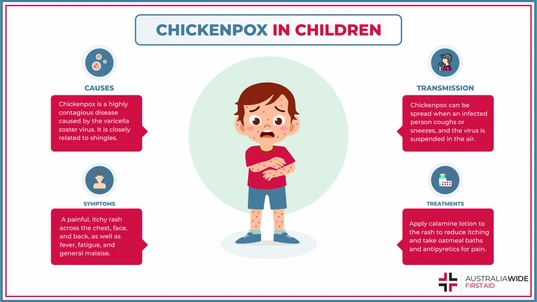
Chickenpox is a viral infection that most commonly affects children. Its most recognisable feature is a raised, red rash, though it can also progress into more severe symptoms like pneumonia. As such, it is important to know how to reduce the risk of infection.
Chickenpox is a disease caused by the varicella zoster virus. It is best prevented by vaccination and if left untreated can lead to serious illness. Chickenpox is a highly contagious viral disease that can affect both children and adults. Although it is more prevalent in children, the effects are often more severe in adult populations. After recovering from chickenpox, the virus remains in your body in an inactive form. Sometimes the virus reactivates later in life and is known as shingles or herpes zoster. Symptoms of chickenpox are easy to identify and very uncomfortable for the infected person. Fortunately, vaccination is a highly effective method for the prevention of illness and reduction of symptoms.
Chickenpox rash prior to blister formation
Symptoms of Chickenpox
The most recognisable symptom of an infection with the chickenpox virus is the characteristic red rash. It usually develops first across the chest, face, and back before spreading across the body. The rash is characterised by papules (or raised skin tissue) followed by vesicles (or blisters). While the severity will vary between individuals, there are an average of 500 papules or vesicles per person. Symptoms generally last 1 week. Symptoms include:- Painful, itchy rash
- Fever
- Fatigue
- General malaise
- Bacterial superinfections of the skin
- Encephalitis
- Pneumonia
- Hepatitis
Transmission of Chickenpox
Chickenpox is primarily transmitted in two ways:- Droplet transmission: when an infected person coughs or sneezes and an individual encounters the virus suspended in the droplet particles
- Direct contact: when an individual encounters the fluid from an infected person’s blisters
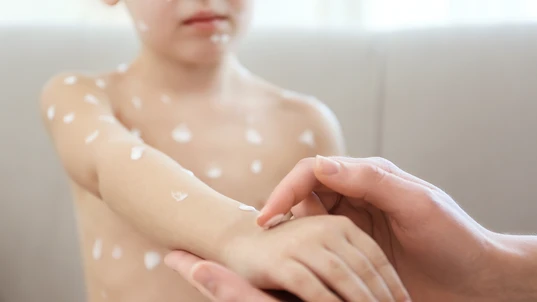
Woman applies a lotion to affected skin to treat pain and itching from chickenpox rash
Treatment and First Aid
Treatment for chickenpox in healthy children is primarily symptom relief. Although there are available antiviral medications on the market, they are typically used for adults with more severe symptoms or immunocompromised individuals. It is important that treatment with antiviral medications begin as soon as possible after the identification of chickenpox. Depending on the severity, antiviral medications can be administered orally or intravenously. Common treatments for symptoms include:- Lukewarm baths, with the optional addition of oatmeal or baking soda
- Calamine lotion, or similar lotions, applied to the rash to reduce the severity of itching and pain
- Antipyretics, or fever-reducing agents, such as paracetamol or acetaminophen for fever and pain relief
Prevention of Chickenpox
Historically, an infection with chickenpox virus was associated with a high degree of mortality, particularly in the very young and the very old. The introduction of antiviral medications in the treatment of immunosuppressed and the very ill has significantly reduced the number of deaths from chickenpox virus. Routine administration of antiviral medications in healthy children is not generally recommended. Another medical model of prevention of chickenpox is vaccination. The introduction and widespread use of the chickenpox vaccine has reduced the incidence and severity of illness. While the vaccine can be administered in one and two-dose series during childhood, it can also be administered within 3 days of exposure to the virus. Even then, it reduces the rate of infection and severity of illness. Therefore, vaccine administration is helpful as a preventative and reactive measure against chickenpox.Resources
For more information on first aid and infection control measures, visit the Australia Wide First Aid article library. You may also be interested in our CPR and First Aid coursesSources:
- Kennedy PGE, Gershon AA. Clinical Features of Varicella-Zoster Virus Infection. Viruses. 2018 Nov 2;10(11):609. doi: 10.3390/v10110609. PMID: 30400213; PMCID: PMC6266119. https://pubmed.ncbi.nlm.nih.gov/30400213/
- https://www.health.gov.au/diseases/chickenpox-varicella-zoster
- Macartney K, Heywood A, McIntyre P. Vaccines for post-exposure prophylaxis against varicella (chickenpox) in children and adults. Cochrane Database Syst Rev. 2014 Jun 23;2014(6):CD001833. doi: 10.1002/14651858.CD001833.pub3. PMID: 24954057; PMCID: PMC7061782. https://pubmed.ncbi.nlm.nih.gov/24954057/
Originally published at
https://www.australiawidefirstaid.com.au/resources/first-aid-chickenpox-in-children
as part of the Australia Wide First Aid Articles Library
